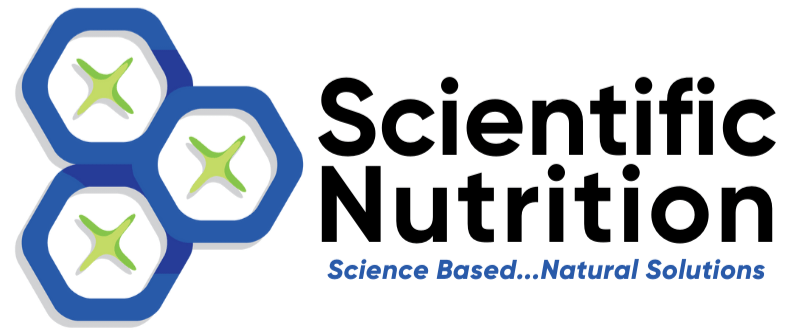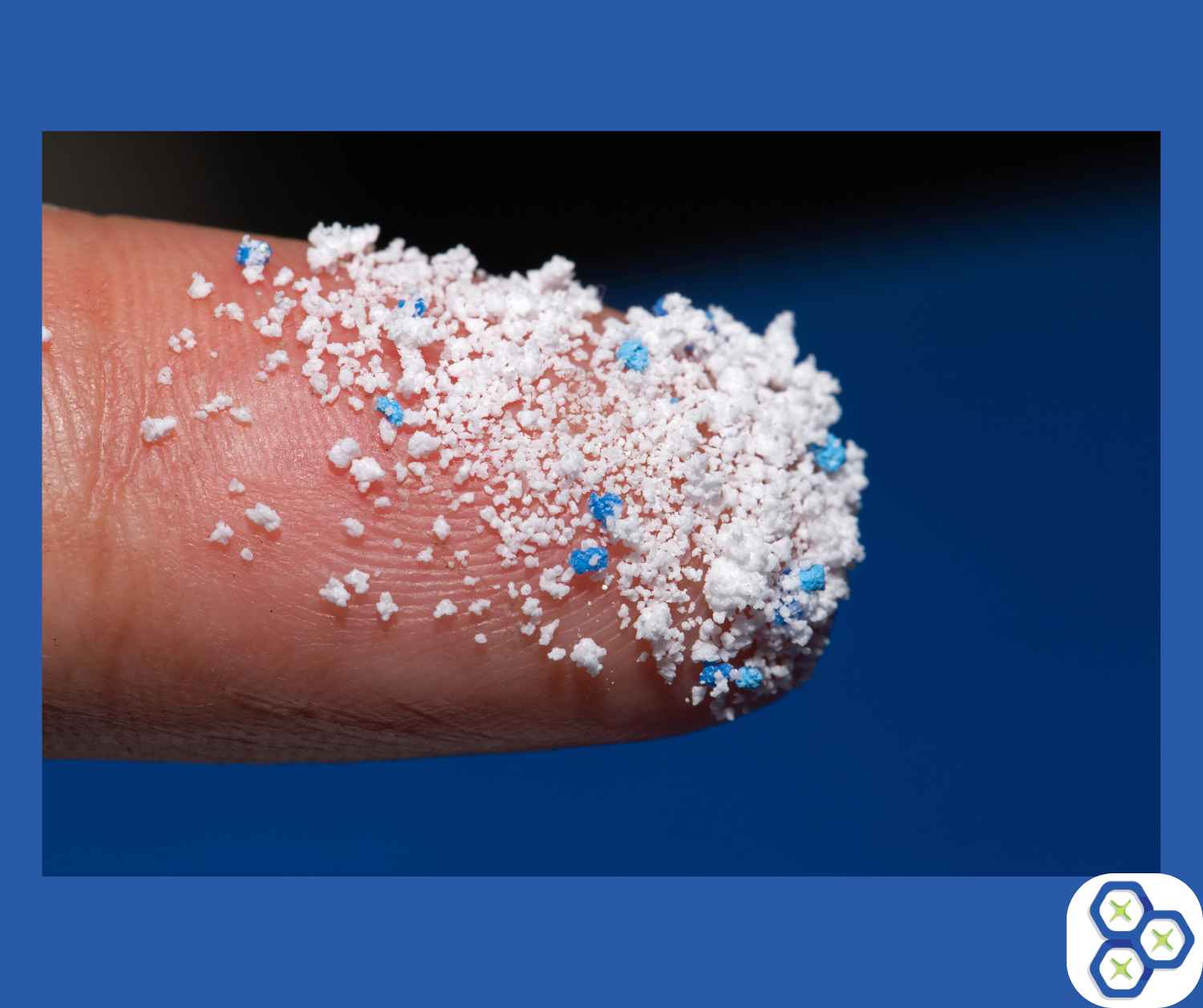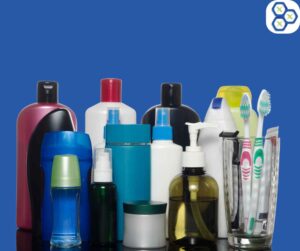Understanding Microplastics: A Growing Concern
Recent studies have revealed a startling accumulation of microplastics in human brains, with concentrations significantly higher than in other vital organs. On average, brain samples contained microplastics equivalent to the weight of a plastic spoon, with levels increasing by 50% over the past eight years. Notably, individuals diagnosed with dementia exhibited even higher concentrations.
Primary Sources of Microplastic Exposure
Microplastics, defined as plastic particles less than 5 millimeters in size, infiltrate our bodies through various channels:
- Food and Water – Consumption of contaminated seafood, produce, and processed foods introduces microplastics into our system.
- Air – Inhalation of airborne microplastics from dust and synthetic fibers contributes to internal exposure.
- Packaging Materials – Leaching of micro- and nano-sized plastic particles from packaging materials, such as teabags, can increase human exposure to microplastics.

Health Implications of Microplastic Accumulation
The pervasive presence of microplastics poses several health risks. The following are only the known ways it can impact your health.
- Neurological Effects: The accumulation of microplastics in the brain may disrupt neural pathways and contribute to cognitive decline.
- Inflammation and Cellular Damage: Microplastics can induce inflammation and damage cells, potentially leading to various health issues.
- Endocrine Disruption: Chemicals associated with plastics are known to interfere with hormonal functions, potentially leading to metabolic disorders and fertility issues.
Strategies for Detoxifying Plastic Toxins
While complete avoidance of microplastics is challenging, certain strategies may help mitigate their impact:
- Dietary Choices: Opt for fresh, unprocessed foods and minimize the use of plastic containers, especially when heating food. Do not use any type of plastic in a microwave.
- Water Filtration: Use high-quality water filters to reduce microplastic content in drinking water. I use Boroux filters in my Berkey as they remove microplastics from the water.
- Air Quality: Maintain clean indoor environments and consider air purifiers to reduce airborne microplastics. I use a Vollara Air Purification system using a True HEPA Filter for better filtration for the removal of at least 99.97% of dust, pollen, mold, bacteria, and any airborne particles with a size of 0.3 microns. To remove plastic pollution in your home, contact me for more information.
- Nutritional Support: Hair Tissue Mineral Analysis (HTMA) can identify specific mineral imbalances and guide targeted supplementation to support detoxification and energy restoration. I also have supportive homeopathic and botanicals to help the body remove plastics and chemicals.
Common Products Contributing to Microplastic Exposure
- Microplastics are pervasive in our environment, leading to various exposure routes for humans:
- Food and Beverage Containers: Plastic containers can shed microplastics into foods and drinks, especially when exposed to heat or wear. Use glass, metals proven safe without heavy metals, or containers found to be food-safe from toxins.
- Bottled Water: Studies have found that 93% of bottled water from 11 different brands contained microplastic contamination, with an average of 325 microplastic particles per liter. Microplastic pollution in freshwater systems is finding its way into these disposable, toxic drink bottles and leaching from them.
- Seafood: A study detected microplastics in 99% of seafood samples tested, with shrimp showing the highest contamination levels, highlighting the pervasive nature of plastic pollution in our food chain. Microplastic contamination in seafood is rising daily and if we expect to continue consuming it, change must happen. Marine pollution is damaging our ocean health and is devastating to all ocean creatures along with their ecosystems.
- Textiles and Clothing: Over 80% of the microplastics were fibers from clothing or textiles. Washing synthetic fabrics releases microfibers into waterways, contributing to environmental microplastic pollution. This type of plastic waste shed into our waters is inexcusable!
- Personal Care Products: Some cosmetics and cleaning products contain microbeads, which are small plastic particles that can enter the environment and contribute to microplastic pollution.
- Airborne Particles: Microplastics can become airborne through dust and fibers from fabrics, leading to inhalation exposure.
- Food Packaging: Plastic packaging materials can degrade over time, leading to microplastic contamination on and in food products.
Reducing the use of plastic products, opting for alternatives like glass or metal, and supporting policies aimed at decreasing plastic pollution can help mitigate exposure to microplastics.
The Brain’s Susceptibility to Microplastic Accumulation
The brain’s high-fat content (approximately 60%), particularly in the myelin sheath that insulates neurons, may facilitate the accumulation of microplastics. This is similar to how greasy residues cling to plastic containers, making them difficult to clean. Consequently, microplastics might be entering the brain alongside metabolized dietary fats, according to hsc.unm.edu.
The researchers from the University of New Mexico (UNM) tested autopsy samples from 2016 and 2024. T hey found that over just 8 years, the amount of microplastic fragments in the brain has increased by about 50 percent. Brain samples from 2024 contained microplastics equal in weight to a plastic spoon! (theepochtimes.com)
hey found that over just 8 years, the amount of microplastic fragments in the brain has increased by about 50 percent. Brain samples from 2024 contained microplastics equal in weight to a plastic spoon! (theepochtimes.com)
This discovery raises concerns about the use of plastics in medical devices, such as heart stents and artificial joints, which are generally considered biologically inert. The potential for these materials to contribute to microplastic accumulation in the body is a red flag that we need further investigation.
Terravive’s Biodegradable Solutions Combat Microplastic Pollution
In an era where microplastic pollution poses a significant threat to both human health and the environment, companies like Terravive are leading the charge toward a sustainable future. Terravive’s innovative approach involves creating compostable and biodegradable products that perform like traditional plastics but break down naturally without leaving harmful residues.
Their commitment to using home-compostable and ocean-degradable materials ensures that their products decompose cleanly. They degrade in various environments, including rivers, seawater, lakes, landfills, and even backyard composts. By choosing Terravive’s eco-friendly alternatives, consumers can actively participate in reducing plastic waste. They are also active in stopping the adverse effects of microplastics on our planet and our bodies.
Hair Analysis and Microplastics Detoxification
Hair Mineral Analysis (HTMA) can provide insights into the body’s mineral balance and exposure to toxins, including heavy metals. By identifying specific imbalances and toxic elements, HTMA allows for the development of tailored supplement and dietary plans to support detoxification and improve energy levels. By incorporating personalized health strategies, we can further support your body’s natural detoxification processes.
While microplastics are becoming increasingly prevalent in our environment and bodies, understanding the sources of exposure and taking proactive steps can help reduce their impact on health. I hope this post stresses what to avoid and that there is hope to remove microplastics from your body before you feel their effects.
LET’S CHAT to get your microplastic load removed!
Copyright Scientific Nutrition, LLC 2025




